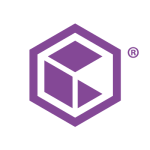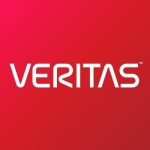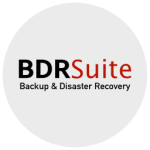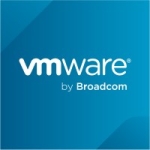The solution was primarily used for disaster recovery for clients. If there was a major issue in the data center, it allowed the client to move to the second data center. It was also used for migration to virtual machines.
My customer recently (a few years ago), had a major issue in one of the data centers. It was a virus attack that destroyed the servers and virtual machines. We could not recover those servers or virtual machines. After that, we decided to remove the corrupted data center and get everything recovered using Zerto. We were able to do that with the agreed-upon RTO and RPO for the customer.
The replication between data centers is great. It allowed us to ensure all data was replicated from one side to another.
The near-synchronous replication is great to have. It works better than other solutions.
It's very user-friendly and straightforward. There are no bugs in the software.
The disaster recovery features are the best I've found.
This product allows us to do disaster recovery in the cloud rather than the physical data centers. We have multiple customers who are on a hybrid cloud. Some are on a private cloud and some are on a public cloud and Zerto allows us to provide the functionality whereby we can cover both as well as across physical data centers. We use Zerto for AWS, Azure, and GCP.
It was nice to use with AWS. Everything was in place on AWS and the functionality is well documented. We've done a POC on it. We have not yet had a chance to do a real disaster recovery just yet.
Zerto has helped us protect VMs in the customer environment. The overall effect on the RPOs is good. We can do it at a maximum within 15 minutes, however, often we can do it within five minutes, or even one minute.
The speed of recovery is very quick compared to other tools.
It's easy to migrate data with Zerto. It's simple. Even non-technical users can see what information is needed in order to enable the replication from one site to another.
Users can still collaborate during the migration process in Azure. It depends on how much data you are including from your data center. The bandwidth connectivity between two data centers is very high.
The RTO is pretty good. We typically give our customers a heads up it will be eight hours, however, it's often less.
It's helped us reduce downtime. For example, when I was using another solution, we wanted to restore a VM. It took more than eight hours to restore ten virtual machines. In contrast, Zerto only takes 45 minutes.
We had a corruption at one point on 20 to 25 VMs, that were critical from the customer's point of view. They had already spent so much time trying to troubleshoot. We decided to use Zerto to restore the machines and give them the latest backup. We were able to give them everything in less than one minute.
For the customer to recover using a different solution, it would take much longer. Zerto takes far less time. For example, compared to VMware SRM, it takes almost double the time compared to Zerto.
We've been able to reduce DR testing. When we used to give RPO and RTO time to our customers, two hours for RPO and eight hours for RTO, once we started using Zerto, we reduced RPO to 15 minutes.
It's reduced the staff time involved in a data recovery situation. When we initially set up Zerto, it immediately starts replicating and does incremental replication as well. Therefore, at any given point in time, the latest data is already available on the recovery side. We just have to trigger it and everything will be restored as per our configuration. We likely save three to four hours of work during the disaster recovery period. And, in the disaster recovery phase, every minute is crucial.
It's also reduced staff involvement. It's not complex and very straightforward. Since tasks are reduced, we do not need so much staff.
Previously, it was not compatible with the public clouds. However, now that it is, it's helped a lot. One of the most challenging aspects in migrating items from private to public.
We'd like to be able to migrate data without its operating system or any other functionality and without having to go through a virtual machine or server.
I've used the solution since 2015. I stopped using it around 2022.
The solution is absolutely stable. We have customers that have used it since 2016 without any concerns.
We haven't had to engage with technical support.
I'm familiar with VMware SRM.
Not a lot of people in the market are aware of Zerto. They need to market it better.
However, Zerto is pretty simple and straightforward, compared to other options on the market.
Replacing the legacy solution has helped customers remove compatibility issues and reduce costs.
The deployment of the product is straightforward. We have, for example, more than 100 VMware ESX-site servers and there are two agents in terms of virtual machines that get deployed on all of them.
To deploy the solution, it only takes 30 minutes. You only need one or two resources to manage the implementation. The maintenance is minimal. Once it's set up, it's fine.
Our customers have witnessed an ROI.
The product is cost-competitive and less than other options. I do not have too much data on the exact costs, however. However, we are definitely saving costs when we compare Zerto to VMware.
My understanding is we have a partnership with Zerto. It provided free training to our employees and we have done multiple certifications.
We did not use it for immutable data copies.
We don't use it for blocking unknown threats and attacks. We don't use it for security purposes. We have other security protection services for our customers, including firewalls and antivirus. We use Zerto only for disaster recovery.
I'd advise potential users to pay attention during the initial setup and watch what you are replicating from one side to another. After the setup, you will not have to put a lot of time in - as long as you pay attention during the initial phase.
I'd rate the solution nine out of ten.



















